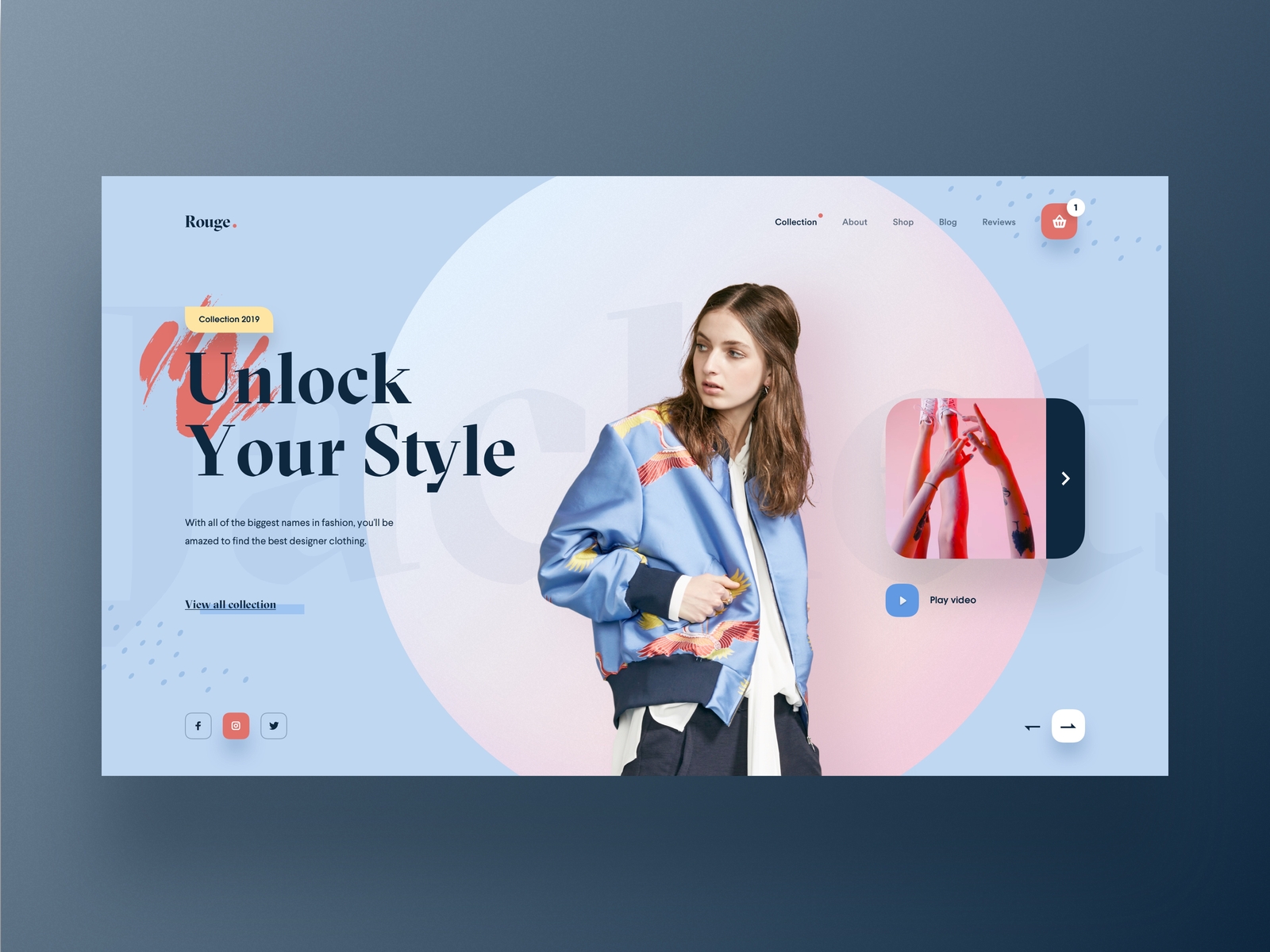
Warm colors are made up of red, orange, and yellow.But it's important to consider the cultural context as not everyone has the same emotional response to color.Ĭolor theory divides the color wheel into two parts: Warm colors and cool colors: Color temperature helps us to convey moods, and create emotions in our users. Temperature refers to the warmth or coolness of a color. The traditional color wheel described in color theory on the left compared to a realistic color wheel (spectrum) Color temperature There are no clear boundaries where one color starts and stops.


The color wheel described in traditional color theory most commonly vizualized as having clearly defined boundaries, but it is a gradient (or spectrum) of colors that blend into each other. Tertiary colors - created by mixing primary and secondary colors.Secondary colors (green, orange, and purple) - created by mixing the primary colors.Primary colors (red, yellow, and blue) - the main colors from which all other colors are created.The wheel is made up of 3 groups of colors: It shows the relationship between colors in a logically arranged sequence of hues, which is helpful when creating a cohesive color scheme. The visible color spectrum Color wheelĪ color wheel (or color circle) is a handy tool that can help you find nice color combinations. Because we are talking about digital interfaces, we will mainly focus on the emitted light. The light can be either reflected or emitted and our eyes interpret its wavelengths as colors. What is color?Ĭolor as we see it is the result of light with different wavelengths going into our eyes. There is a lot to learn so let's jump in. Understanding color theory is the first step in creating a color palette. They explain how humans perceive color, how colors mix, and the effects of color combinations.

Color theory is a set of guidelines to follow when working with colors.


 0 kommentar(er)
0 kommentar(er)
